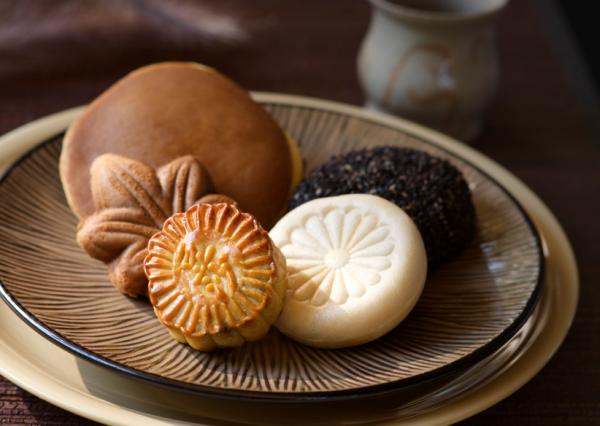Because Earth doesn’t orbit upright, but is instead tilted on its axis by 23 and a half degrees, the Northern and Southern Hemispheres trade places in receiving the sun’s light and warmth most directly, according to EarthSky. There are equinoxes twice a year – spring and fall – when the tilt of the Earth’s axis and Earth’s orbit around the sun combine in such a way that the axis is inclined neither away from nor toward the sun.
*The name "equinox" comes from the Latin aequus (equal) and nox (night).
*The day of an equinox is a good day for finding due east and due west from your yard or other favorite site for watching the sky, according to EarthSky. Just go outside around sunset or sunrise and notice the location of the sun on the horizon with respect to familiar landmarks. http://www.al.com/news/index.ssf/2014/09/autumnal_equinox_tonight_--_as.html
Customs and holidays around the September equinox
The September equinox coincides with many cultural events, religious observances and customs. It's also called the "autumnal (fall) equinox" in the northern hemisphere and the "spring equinox" in the Southern Hemisphere.

Ancient Greece
In many cultures, the September equinox is a sign of fall (autumn) in the northern hemisphere. In Greek mythology fall is associated with when the goddess Persephone returns to the underworld to be with her husband Hades. It was supposedly a good time to enact rituals for protection and security as well as reflect on successes or failures from the previous months.
Australia
Aboriginal Australians have, for a long time, had a good knowledge of astronomy and the seasons. Events like the September equinox, which is during the spring in Australia, played a major role in oral traditions in Indigenous Australian culture.
China
In China the Mid-Autumn Festival, also known as the Moon Festival, is celebrated around the time of the September equinox. It celebrates the abundance of the summer's harvest and one of the main foods is the mooncake filled with lotus, sesame seeds, a duck egg or dried fruit.
Japan
Higan, or Higan-e, is a week of Buddhist services observed in Japan during both the September and March equinoxes. Both equinoxes have been national holidays since the Meiji period (1868-1912). Higan means the “other shore” and refers to the spirits of the dead reaching Nirvana. It is a time to remember the dead by visiting, cleaning and decorating their graves.
Christianity
The Christian church replaced many early Pagan equinox celebrations with Christianized observances. For example, Michaelmas (also known as the Feast of Michael and All Angels), on September 29, fell near the September equinox.
Pagan celebration: Mabon
On the autumnal equinox, many pagans celebrate Mabon as one of the eight Sabbats (a celebration based on the cycles of the sun). Mabon celebrates the second harvest and the start of winter preparations. It is the time to respect the impending dark while giving thanks to the sunlight.
No comments:
Post a Comment